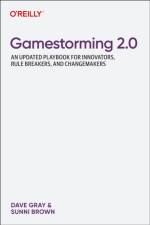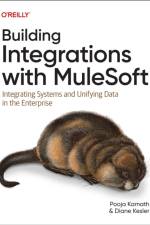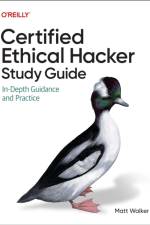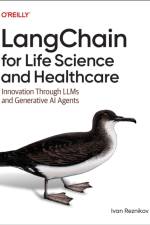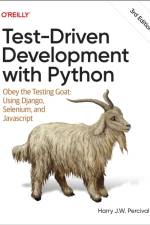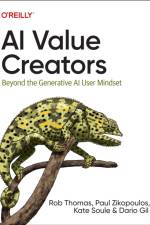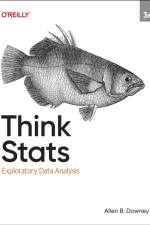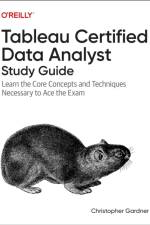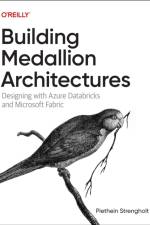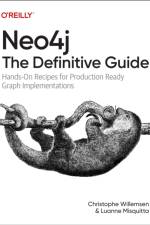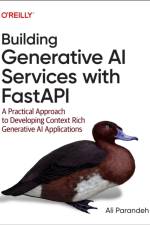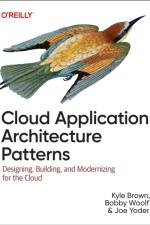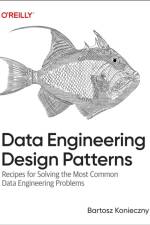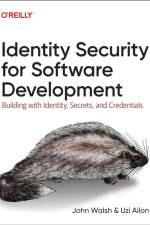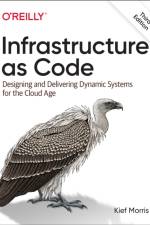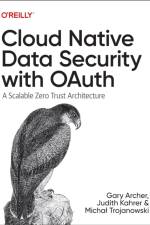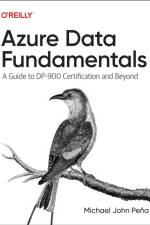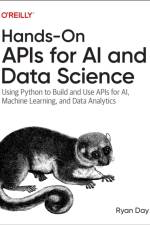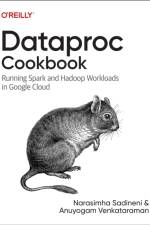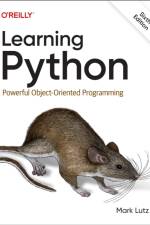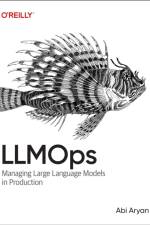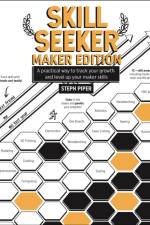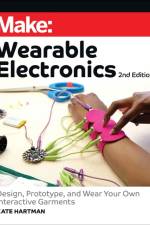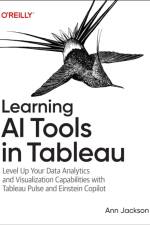- Managing Servers in the Cloud
av Kief Morris
729
Virtualization, cloud, containers, server automation, and software-defined networking are meant to simplify IT operations. But many organizations adopting these technologies have found that it only leads to a faster-growing sprawl of unmanageable systems. This is where infrastructure as code can help. With this practical guide, author Kief Morris of ThoughtWorks shows you how to effectively use principles, practices, and patterns pioneered through the DevOps movement to manage cloud age infrastructure.Ideal for system administrators, infrastructure engineers, team leads, and architects, this book demonstrates various tools, techniques, and patterns you can use to implement infrastructure as code. In three parts, youll learn about the platforms and tooling involved in creating and configuring infrastructure elements, patterns for using these tools, and practices for making infrastructure as code work in your environment.Examine the pitfalls that organizations fall into when adopting the new generation of infrastructure technologiesUnderstand the capabilities and service models of dynamic infrastructure platformsLearn about tools that provide, provision, and configure core infrastructure resourcesExplore services and tools for managing a dynamic infrastructureLearn specific patterns and practices for provisioning servers, building server templates, and updating running servers

